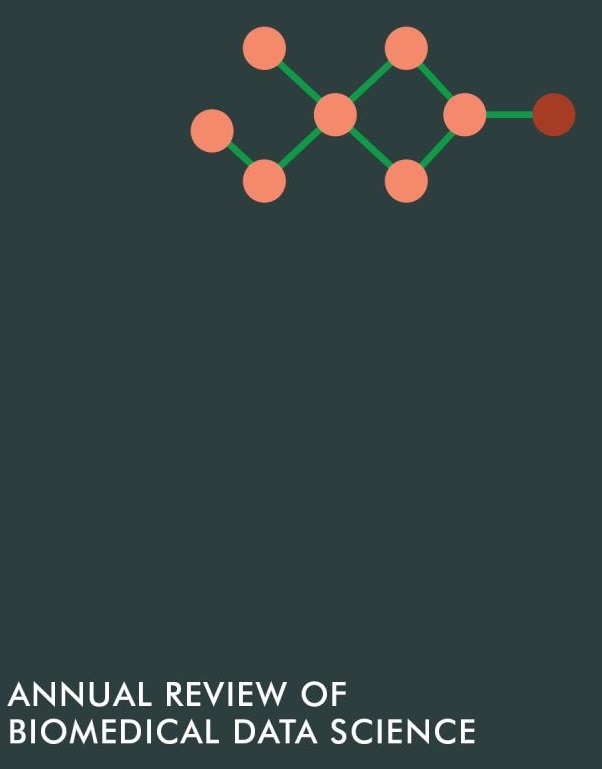RNA测序数据:表达分析的漫游指南
IF 7
Q1 MATHEMATICAL & COMPUTATIONAL BIOLOGY
Annual Review of Biomedical Data Science
Pub Date : 2018-10-17
DOI:10.1146/ANNUREV-BIODATASCI-072018-021255
引用次数: 83
摘要
基因表达是观察各种遗传和调控程序结果的基本水平。在短短几年内,转录组基因表达的测量已经令人信服地从微阵列转变为测序。RNA测序(RNA-seq)为大规模分析转录结果提供了一个定量和开放的系统,因此促进了广泛的应用,包括基础科学研究,但也包括农业或临床情况。在过去10年左右的时间里,人们对RNA-seq数据集的特征以及所开发的无数方法的性能有了很多了解。在这篇综述中,我们概述了RNA-seq数据分析的发展,包括实验设计,明确关注基因表达的量化和差异表达的统计方法。我们还强调了新兴的数据类型,如单细胞RNA-seq和使用长读技术的基因表达谱。本文章由计算机程序翻译,如有差异,请以英文原文为准。
RNA Sequencing Data: Hitchhiker's Guide to Expression Analysis
Gene expression is the fundamental level at which the results of various genetic and regulatory programs are observable. The measurement of transcriptome-wide gene expression has convincingly switched from microarrays to sequencing in a matter of years. RNA sequencing (RNA-seq) provides a quantitative and open system for profiling transcriptional outcomes on a large scale and therefore facilitates a large diversity of applications, including basic science studies, but also agricultural or clinical situations. In the past 10 years or so, much has been learned about the characteristics of the RNA-seq data sets, as well as the performance of the myriad of methods developed. In this review, we give an overview of the developments in RNA-seq data analysis, including experimental design, with an explicit focus on the quantification of gene expression and statistical approachesfor differential expression. We also highlight emerging data types, such as single-cell RNA-seq and gene expression profiling using long-read technologies.
求助全文
通过发布文献求助,成功后即可免费获取论文全文。
去求助
来源期刊
CiteScore
11.10
自引率
1.70%
发文量
0
期刊介绍:
The Annual Review of Biomedical Data Science provides comprehensive expert reviews in biomedical data science, focusing on advanced methods to store, retrieve, analyze, and organize biomedical data and knowledge. The scope of the journal encompasses informatics, computational, artificial intelligence (AI), and statistical approaches to biomedical data, including the sub-fields of bioinformatics, computational biology, biomedical informatics, clinical and clinical research informatics, biostatistics, and imaging informatics. The mission of the journal is to identify both emerging and established areas of biomedical data science, and the leaders in these fields.

 求助内容:
求助内容: 应助结果提醒方式:
应助结果提醒方式:


